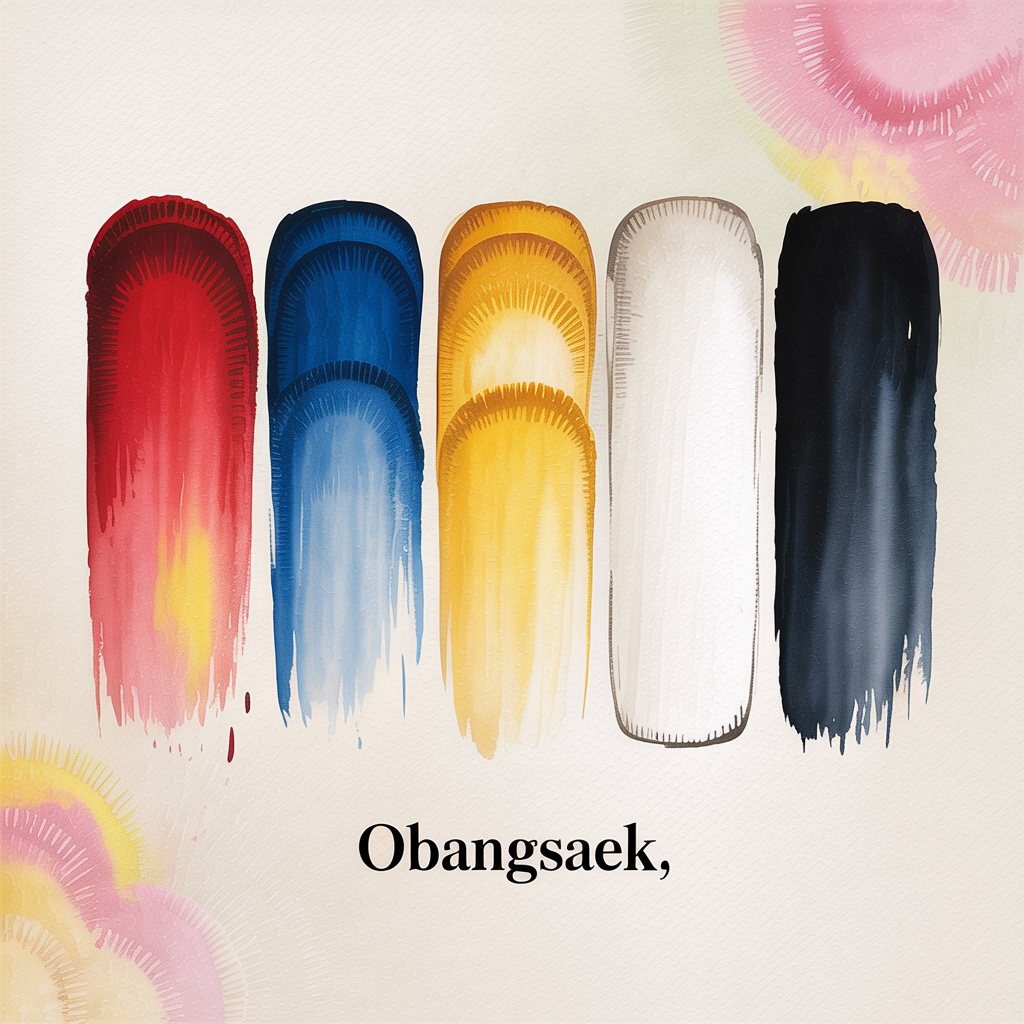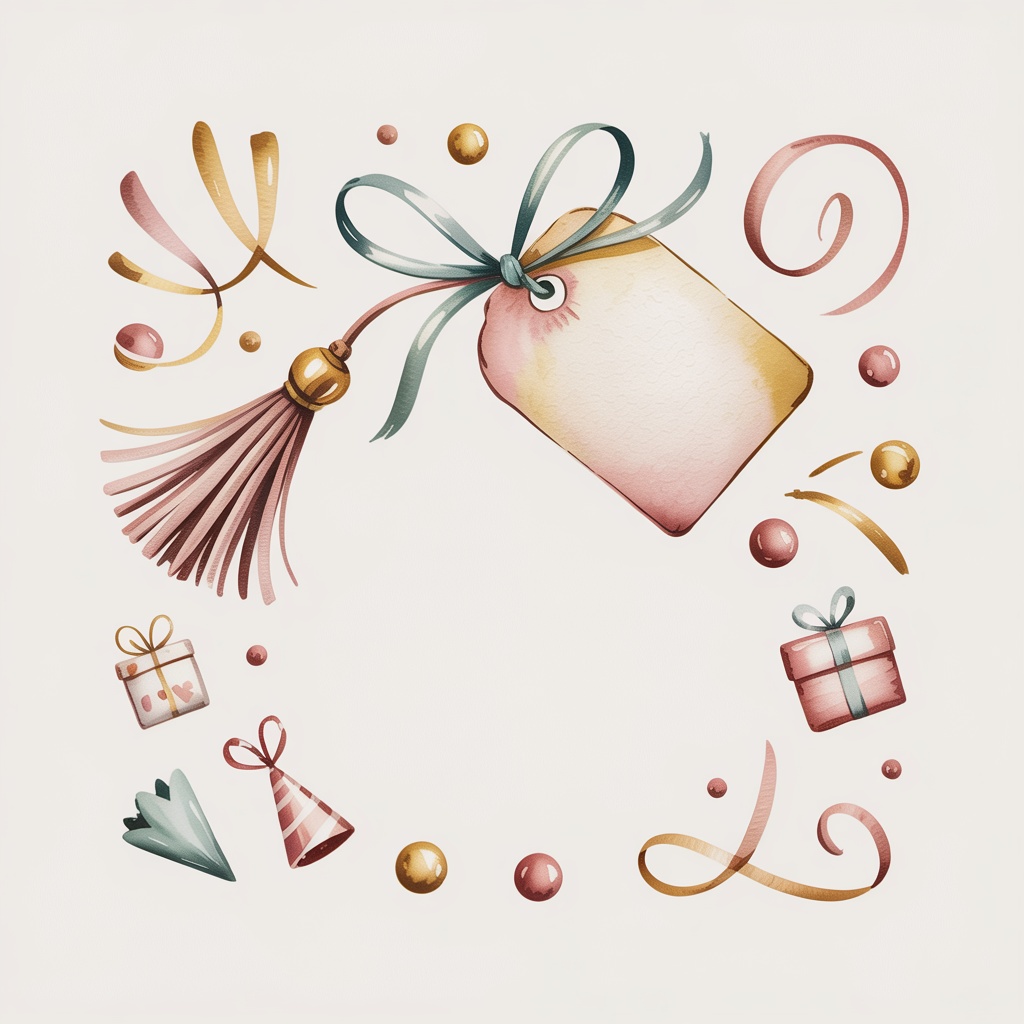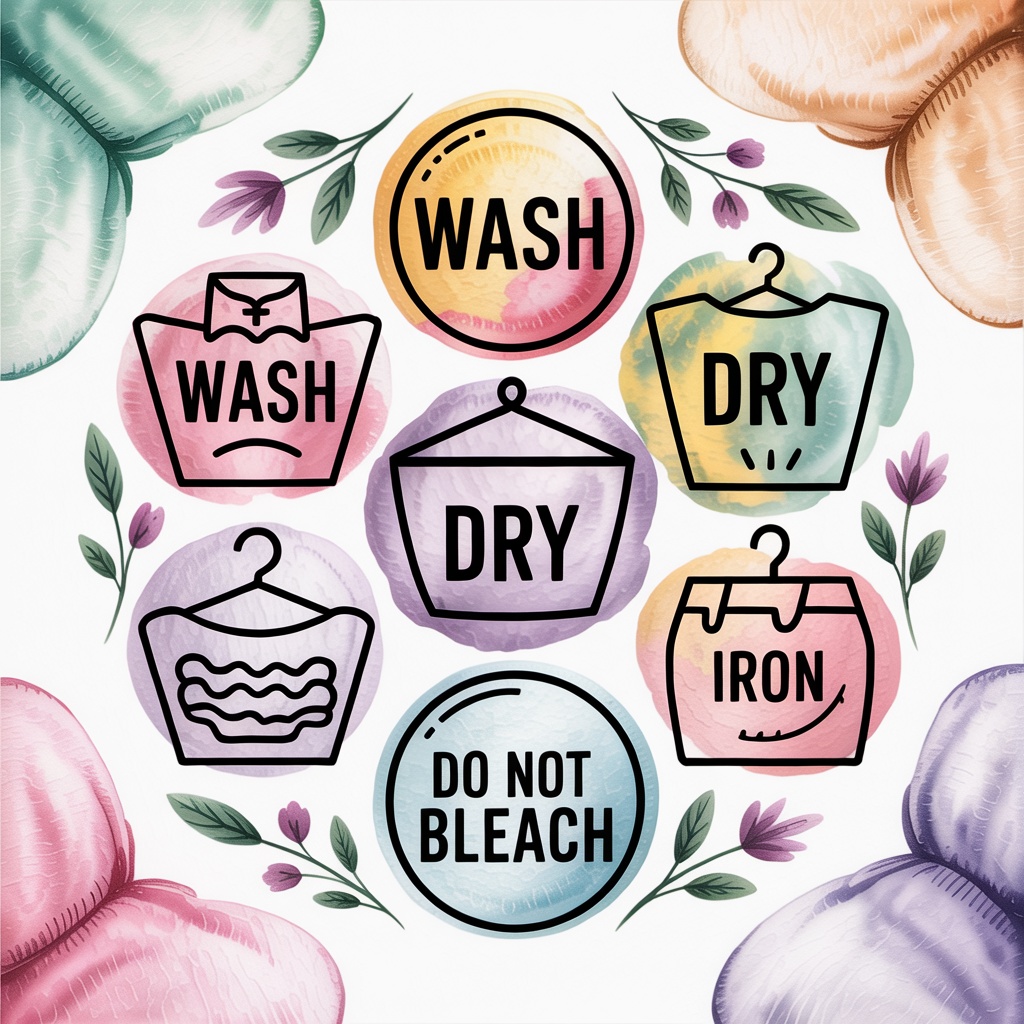Bojagi Journal — Culture, Ideas & Etiquette
What Is Bojagi? History, Meaning, and Modern Gifting
A simple, modern way to gift with meaning—rooted in Korean tradition.
Read time: 5–7 min • Theme: Korean heritage
Get the free 10-Knot PDF to start styling bojagi in minutes.
Context note: Bojagi is Korea's reusable wrapping cloth—less waste, more meaning.

What Is Bojagi?
Bojagi is Korea's traditional wrapping cloth, a beautiful and practical textile that has been used for centuries to wrap, carry, and store items. More than just fabric, bojagi represents a philosophy of mindful consumption and meaningful presentation that resonates strongly with today's sustainable living movement.
The word "bojagi" comes from the Korean verb "to wrap" (싸다, ssada) and the suffix "-gi" which denotes a tool or implement. These square or rectangular cloths were traditionally made from silk, cotton, or ramie, often featuring exquisite craftsmanship and artistic design.

Historical Origins and Cultural Significance
Ancient Beginnings
The history of bojagi stretches back over a thousand years to the Three Kingdoms period (57 BC – 668 AD). Archaeological evidence suggests that wrapping cloths were used in royal courts and aristocratic households for ceremonial purposes and daily life.
During the Goryeo Dynasty (918-1392), bojagi became more refined and artistic. The Joseon Dynasty (1392-1897) saw bojagi reach its artistic peak, with elaborate designs reserved for the royal family and simpler versions used by commoners.
Symbolism and Meaning
Bojagi carries deep cultural symbolism in Korean society:
- Protection and Care: Wrapping items in bojagi was believed to protect them from harm and negative energy
- Respect and Honor: Using bojagi to present gifts showed respect for both the recipient and the gift itself
- Harmony and Balance: The square shape represented stability and the four cardinal directions
- Prosperity: Certain colors and patterns were thought to bring good fortune

Types of Bojagi
By Material
Myeongju Bojagi: Made from silk, these were the most prestigious and often used for important ceremonies and gifts.
Mosi Bojagi: Crafted from ramie fiber, these were valued for their durability and natural cooling properties.
Cotton Bojagi: The most common type for everyday use, practical and washable.
By Design
Jogakbo: Patchwork bojagi made from scraps of fabric, representing resourcefulness and creativity.
Subo: Embroidered bojagi featuring intricate needlework and symbolic motifs.
Gungbo: Royal court bojagi with elaborate decorations and premium materials.

Bojagi in Modern Sustainable Gifting
As environmental consciousness grows globally, bojagi has found new relevance as a sustainable gift wrapping alternative. Modern practitioners adapt traditional techniques while honoring the cultural heritage behind this beautiful art form.
Environmental Impact
- Zero waste: No tape, staples, or disposable materials needed
- Longevity: Quality bojagi can last for decades with proper care
- Multi-purpose: Functions as gift wrap, storage, and home décor
- Reduced consumption: Eliminates need for single-use wrapping paper

Contemporary Applications
Special Occasions: Weddings, birthdays, holidays, and cultural celebrations benefit from the elegance and meaning of bojagi presentation.
Corporate Gifts: Companies adopt bojagi for wrapping, beyond a gift wrapping, organizations and businesses show cultural awareness and environmental responsibility.
Home Organization: Modern families use bojagi principles for stylish storage solutions and organization systems.
Basic Bojagi Techniques
While mastering bojagi takes practice, basic techniques are accessible to beginners:
Simple Square Wrap
- Place item in center of cloth
- Bring opposite corners together
- Tie in a simple knot or decorative bow
- Adjust fabric for symmetry
Bottle Wrap
- Place bottle diagonally on cloth
- Roll fabric around bottle
- Gather excess fabric at top
- Secure with decorative knot
Multiple Item Wrap
- Arrange items in center
- Fold corners toward center
- Create carrying handles with remaining fabric
- Secure with traditional knots

Caring for Your Bojagi
Washing
- Hand wash silk bojagi in cool water
- Machine wash cotton on gentle cycle
- Use mild, pH-neutral detergents
- Avoid harsh chemicals or bleach
Storage
- Fold neatly along natural creases
- Store in breathable cotton bags
- Keep away from direct sunlight
- Use cedar blocks for natural protection
Wrinkle Prevention
- Iron while slightly damp
- Use appropriate heat settings
- Steam to refresh between uses
- Hang properly after each use
Modern Bojagi Etiquette
Understanding proper etiquette enhances the cultural respect and impact of using bojagi:
- Color Consideration: Choose colors appropriate for the occasion and recipient
- Presentation: Take time to create neat, symmetrical wrapping
- Explanation: Share the cultural significance when giving bojagi-wrapped gifts
- Quality: Use well-maintained, clean cloths for gift presentation
- Return Gesture: In traditional practice, empty bojagi should be returned to the giver
The Future of Bojagi
As global awareness of sustainability grows, bojagi represents more than just an alternative to conventional gift wrapping. It embodies a philosophy of mindful consumption, cultural appreciation, and environmental stewardship that resonates with contemporary values.
Modern designers and artisans continue to innovate within the bojagi tradition, creating contemporary interpretations that honor historical techniques while meeting today's aesthetic and practical needs. From high-fashion runway shows to everyday household use, bojagi bridges the gap between tradition and modernity.
Try this pairing:
Pair a cotton wrap with a jade norigae and a hanji story card for a gentle, keepsake look.
Before you go—grab the free 10-Knot PDF and save your favorite color pairings.
Explore more: Korean gift etiquette • Norigae meanings • Seasonal palettes
Pin this idea for later.
Less waste, more meaning.




